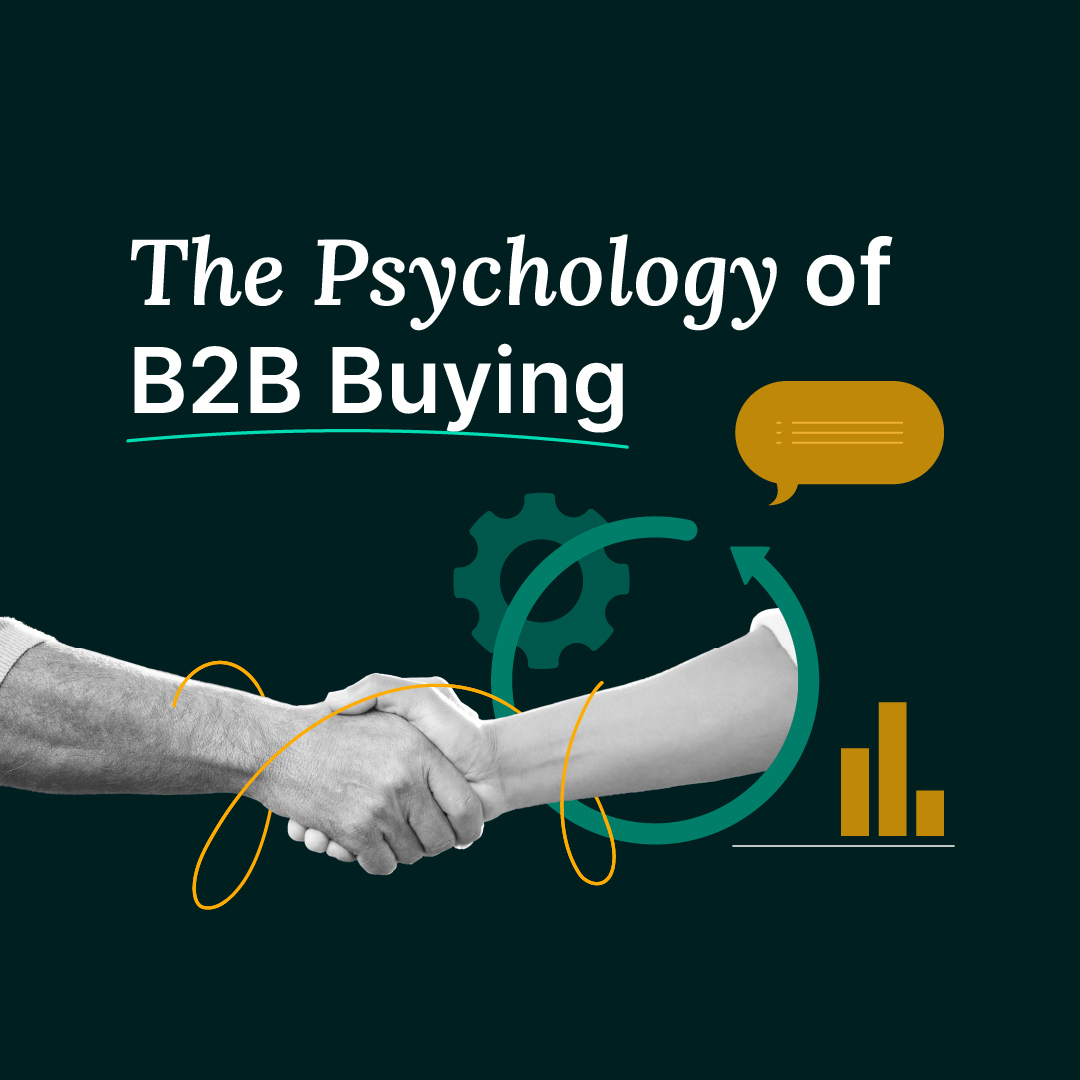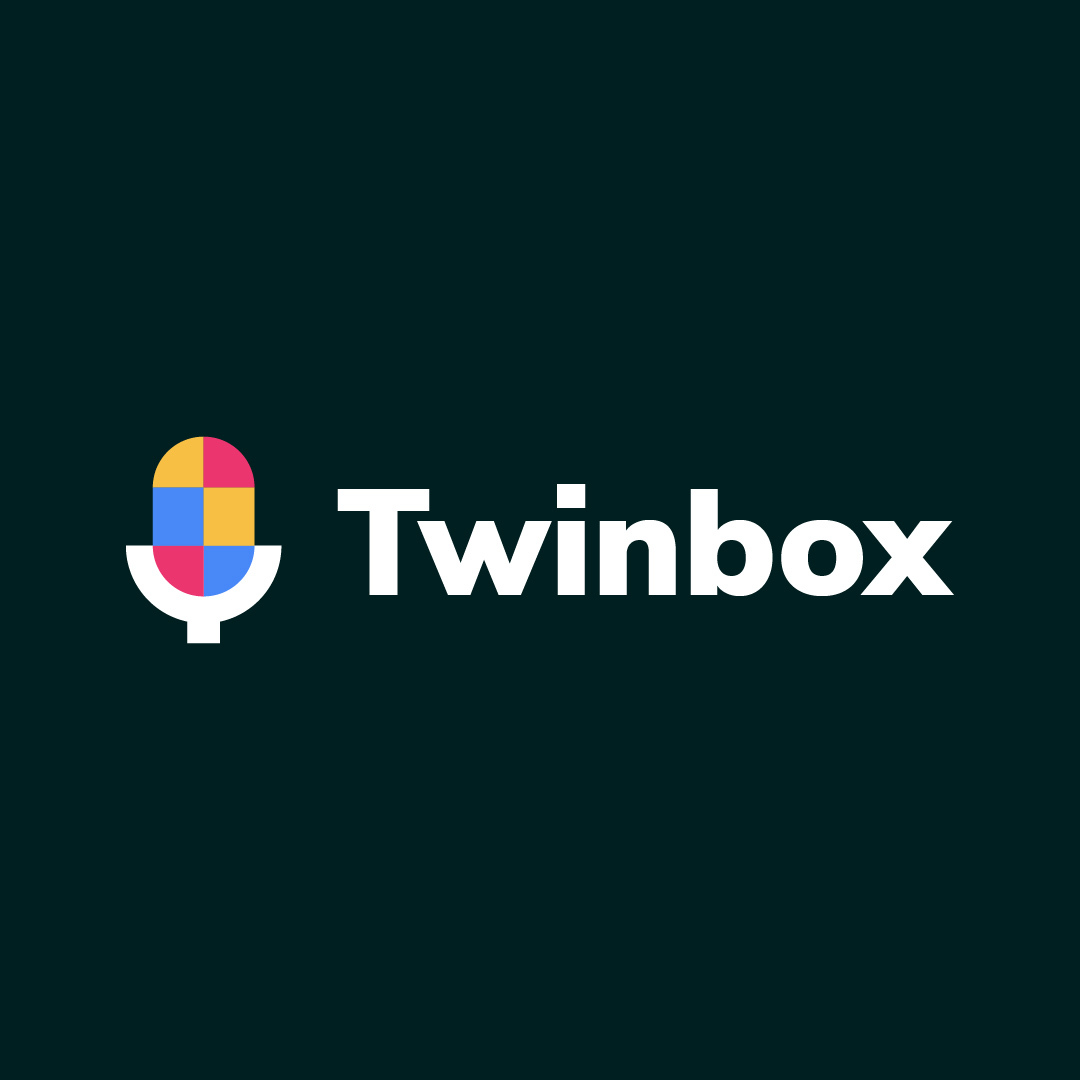The Hidden Power Moves in HubSpot
The Commonly Overlooked Features Can Redefine How Marketing Teams Work if They Know How to Use Them
The Quiet Revolution Inside HubSpot
While the industry fixated on the big AI assistant headlines at HubSpot’s annual conference INBOUND 2025, the real transformation for marketing teams lives under the hood. This recent update didn’t just pile on features; it re-architected how marketers work alongside AI inside Marketing Hub.
From the new Marketing Studio canvas to dynamic segmentation and personalization, HubSpot is quietly turning into a hybrid human and AI growth engine. Here’s the catch: adoption is lagging. Teams still treat these tools like optional extras instead of workflow anchors. The training is light, the documentation thin, and many features are hidden behind default settings.
Let’s break down four of the most overlooked AI-driven updates, what they are, why they’re easy to miss, and how they can reshape how you market.
The AI-Powered Campaign Workspace
An Overview
HubSpot introduced Marketing Studio, a collaborative visual canvas that unites planning, content creation, channel execution, and embeds AI recommendations. In other words: ditch the separate docs, spreadsheets, and Slack threads. AI can suggest a strategy based on previous campaign outcomes, generate draft assets in your brand voice, and optimize send times across channels.
Why It’s Overlooked
The AI-powered campaign workspace remains separate from legacy workflows. Many teams continue relying on spreadsheets, shared drives, and manual approvals even though the workspace is available. Without proper onboarding or a refreshed governance model, it just becomes another tab that gets ignored.
Use Cases
- Campaign co-creation across teams: Marketing, design, ops converge on one canva; AI flags gaps or next steps using wording like “we suggest a pre-header test for this email.”
- Asset generation with brand voice: Sketch campaign themes and let the AI suggest blog titles, subject lines, and social post captions all aligned with your tone.
- Channel-schedule optimisation: AI recommends the best send windows or channel order based on historical data, freeing your team to focus on strategy.Why It Matters
This isn’t simply another planning tool. It replaces fragmented collaboration with unified focus. For growth-minded teams, it translates into less friction, fewer approval rounds, and more time for strategy. When used properly, the creative output moves faster and is more coordinated.
AI-Driven Email and Smart Segmentation
Overview
The email and list toolset now uses generative AI and smarter segmentation logic. AI-powered subject lines, full message drafts, and landing-page defaults. Simultaneously, segmentation moves beyond static lists to data-driven, behavior-based groups.
Why It’s Overlooked
Many teams enable the features but don’t revise the process, if data is messy containing duplicate contacts, outdated properties, the AI suggestions fall flat, and users blame the tool, not the setup.
Use Cases
- Subject line and copy optimisation: Let the AI generate multiple subject-line/preview combinations, test them, and refine quickly.
- Behaviour-based segments: Instead of “list of everyone downloaded 2026 Lead Gen e-book X,” let the system build a dynamic segment: “contacts who downloaded 2026 Lead Gen e-book in the past 30 days and clicked a pricing page.”
- Landing page/email template defaults: Faster set-up; less manual design/creation work.
Why It Matters
Better targeting with smarter content creates higher conversion, lower cost per lead. For growth architects, it means you can test, iterate, and scale faster without hiring more headcount. However, the data foundation must be solid.
Living Segments and Personalization (not just lists)
Overview
One of the biggest shifts: moving from static lists to living segments and a personalization engine that adapts in real-time. Traditional lists go stale quickly. HubSpot Marketing Hub 2025 introduces segments, which are dynamic groups that update in real time based on behavior and engagement. The Personalization app sits on top of that, turning segment insights into adaptive experiences, including pages, CTAs, and campaigns without duplicate asset farms.
Why It’s Overlooked
Many teams still think lists are segments and continue building static snapshots. They don’t revisit or restructure how they define audiences, so the power of “living” segments doesn’t resonate.
Use Cases
- Dynamic audience building: Segments automatically populate leads that meet evolving criteria, e.g., “users who viewed product Y page in the last 7 days AND visited pricing page.”
- Personalised pages/CTAs: Use one landing-page template but let it adapt messaging, imagery, or offers based on segment membership.
- Reduced asset duplication: Instead of creating five versions of an email for five personas, one version uses personalization logic to adapt content dynamically.
Why It Matters
This update tackles a long-standing pain point: asset bloat and audience decay. When you shift to dynamic segmentation + personalization, you keep content fresh, audience-relevant, and reduce manual overhead. For growth-oriented teams, that means tighter conversion cycles and fewer wasted builds.
The Hybrid Human-AI Playbook (“The Loop”)
What It Is
HubSpot rolled out its new growth framework: The Loop (Express → Tailor → Amplify → Evolve). The idea: marketing isn’t linear anymore. It’s continuous, layered with AI + human collaboration.
In tandem, AI assistants (under the “Breeze” umbrella) support tasks, insights, and workflows, making AI a teammate, not a tool.
Why It’s Overlooked
Because most teams try to bolt in AI features while keeping the old funnel, approval, and campaign cycles intact. Unless you redesign the process and culture, the playbook sits unread.
Use Cases
- Express: Human defines the brand voice, campaign theme, and creative direction.
- Tailor: AI applies audience data to personalise messaging at scale; segmentation/personalisation tools shine.
- Amplify: The team executes across channels, AI optimises timing, channel mix, and spend.
- Evolve: AI surfaces performance trends, suggests tweaks; the team iterates faster.
- Assistant/agent use-cases: AI flags low-engagement segments, auto-drafts follow-up emails, and monitors data quality.
Why It Matters
This framework re-orients marketing to continuous growth, not campaign bursts. Teams that master it will outpace those stuck in quarterly cycles. Growth departments become more adaptive, less reactive.
The Bottom Line
The September 2025 update turned the Marketing Hub into something far more ambitious than a “feature set.” It’s now a platform engineered for hybrid teams where humans lead strategy and AI accelerates execution.
The irony? The most valuable tools are often the least used, not because they don’t work, but because teams weren’t enabled to adopt them thoughtfully. The barrier isn’t the product; it’s the workflow and culture.
What You Should Do
HubSpot’s Loop Framework gives marketers a powerful blueprint: Express → Tailor → Amplify → Evolve. But frameworks don’t transform businesses; execution does. That’s where Walk West’s 4Loop Strategy turns HubSpot’s theory into measurable, compounding growth.
Express → Authority
Start by building thought leadership and defining your core narrative.
Walk West’s Podcasting Loop fuels this stage, launching flagship podcasts and industry series that give your executives a platform for genuine authority.
Every episode becomes multi-format content (clips, transcripts, blogs) feeding your HubSpot campaigns, setting the tone for your AI-generated messaging.
Tailor → Credibility
HubSpot’s AI personalizes content, but credibility still converts.
Walk West’s PR Loop strengthens this stage through earned media placements, thought-leadership articles, and high-DA backlinks that reinforce your AI messaging with human trust.
AI scales your message; PR validates it. Together, they build trust at scale.
Amplify → Trust
HubSpot’s AI automates multi-channel distribution, but amplification without community is just noise.
Walk West’s Partnerships Loop brings co-marketing events, affiliate programs, and B2B collaborations that expand your audience and add social proof.
In this stage, HubSpot’s segmentation and personalization tools pair perfectly with partnership data, ensuring each campaign lands with precision and authenticity.
Evolve → Content
Continuous optimization is only possible if you have data-rich, reusable content.
Walk West’s Publishing Loop aligns perfectly with this phase using analytics, gated assets, and AI-driven repurposing to keep your content ecosystem alive.
HubSpot’s AI surfaces insights; our publishing engine turns them into new campaigns that restart the loop stronger each time.
Be Seen. Be Heard. Be Cited.
That’s what happens when HubSpot’s Loop meets Walk West’s 4Loop.

You May Also Like
These Related Stories

New Walk West Partnership Revolutionizes AEO

How to Get to the Person Behind the B2B


